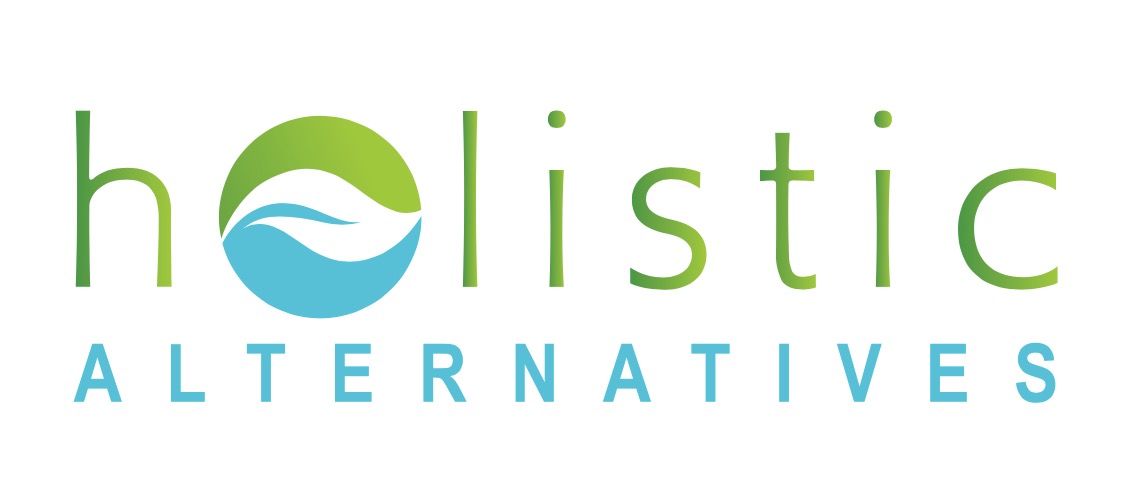Massage for Colds & Flu
What is the flu?
Each year, more than 100,000 people are hospitalized due to complication from a flu virus. Unfortunately most of us get the “flu” at least once in our lifetime. The associated symptoms and signs are all-too-common: fever, sore throat, congestion, fatigue, muscle and body aches, runny nose, dry cough, sneezing and watery eyes.
What is a common cold?
Colds are much less severe than the flu, but similar to the flu. Viruses and germs cause colds. Colds cause less severe symptoms such as nasal congestion, sneezing, coughing, sore throat, and light headaches. Though it may make you feel lousy, getting a cold is not always a bad thing. Instead, it’s a sign that the body’s resources are strong and vital, working to return you to a state of good health. However, if your immune system is already compromised, a cold may further weaken your body, leaving you open to a more serious illness.
Cold & Flu: When is massage appropriate?
At the onset of a cold or the flu, the individual is in the acute phase. In the acute phase, massage is NOT indicated. However, once the fever has broken and the individual is in the subacute stage of the cold or flu, massage may help to speed recovery.
It is important to note that if the client is recovering from a cold or flu, a massage may hasten recovery by flushing toxins from the body, shortening the duration of the symptoms.
Take caution when working with someone who is recovering from the flu or a cold, they may still be actively fighting virus and that may put the massage therapist at risk.
What type of massage is beneficial?
During recovery from the common cold or flu, the following types of massage may be beneficial:
- Swedish Massage may temporarily increase symptoms in exchange for a quicker recovery time.
- Reflexology focusing on the lymphatic and circulatory systems
- Deep Tissue Massage focusing on the upper respiratory muscles and fascial structures
What can you do?
Here are some tips for staying healthy:
- Consume 8-10 glasses of filtered water daily
- Exercise regularly to support the immune system
- Eat a healthy, organic diet, including foods with beta carotene (carrots, broccoli, sweet potatoes, garlic and tomatoes)
- Limit sugar intake. Sugar taxes the immune system, especially when feeling under the weather
- Take Vitamin C and herbs to support the immune system, especially in the cold and flu season
- Get plenty of rest
- Enjoy fun and relaxing activities
- Schedule regular massage sessions to support the body’s self-regulating, self-balancing and healing systems.
